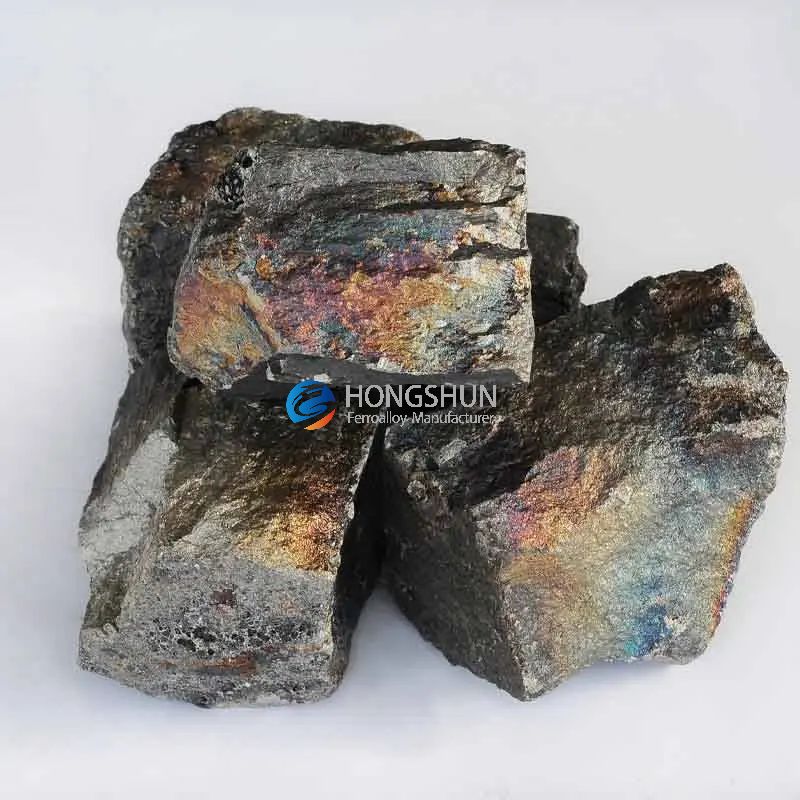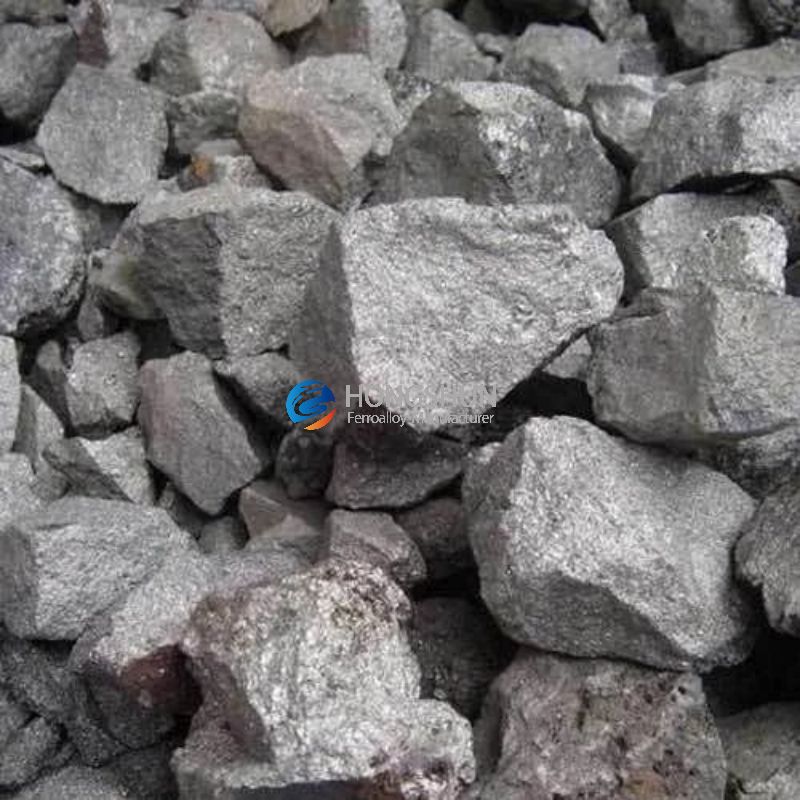Tel
+86-18837209569
- All
- Product Name
- Product Keyword
- Product Model
- Product Summary
- Product Description
- Multi Field Search
Views: 0 Author: Site Editor Publish Time: 2025-08-25 Origin: Site








In today’s steelmaking and casting industries, the demand for high-performance and environmentally sustainable materials continues to rise. Among alloy additives, Low Carbon Ferro Manganese (LC FeMn) has become an increasingly popular choice due to its unique balance of performance, quality, and environmental impact. This article explores the characteristics, benefits, production process, and industrial applications of low carbon ferro manganese, demonstrating why it stands as a balanced solution for modern metallurgical needs.
Low Carbon Ferro Manganese is an iron-manganese alloy containing typically 80–90% manganese and a low carbon content below 0.7%, often ranging between 0.05% and 0.5%. The low carbon content makes it particularly suitable for applications where carbon control is critical, such as in the production of stainless steel and specialty steel.
Unlike standard high-carbon ferro manganese, LC FeMn offers enhanced compatibility with carbon-sensitive alloys, allowing steelmakers to meet strict quality specifications without compromising on manganese recovery.


One of the primary reasons for using LC FeMn is its low carbon contribution to the molten steel. In the manufacture of carbon-sensitive steels like stainless steel, tool steel, and alloyed structural steels, keeping carbon levels low is essential for ensuring corrosion resistance, weldability, and overall product integrity.
LC FeMn delivers a high manganese yield, enhancing deoxidation and desulfurization in the steelmaking process. Manganese helps improve steel strength, toughness, and hardenability, making it indispensable in both flat and long steel product lines.
Compared to high-carbon alternatives, low carbon ferro manganese is associated with lower greenhouse gas emissions per ton of product used, especially when produced via refined electrolytic or silico-thermal methods. As industries shift toward greener metallurgical processes, LC FeMn supports sustainability targets.
Due to its cleaner composition and low impurity content (e.g., low sulfur and phosphorus), LC FeMn contributes to reduced slag generation, which improves furnace efficiency and minimizes waste handling costs.
There are two main production methods for low carbon ferro manganese:
This method involves the reduction of manganese ore using silicon-based reductants such as ferrosilicon under high temperatures. The silico-thermal process is energy-efficient and widely adopted for industrial-scale production.
Electrolytic refining yields ultra-low carbon ferro manganese with superior purity levels. Although more energy-intensive, this method is used in applications demanding the strictest compositional controls, especially in aerospace and high-grade stainless steel manufacturing.
LC FeMn plays a vital role across several industries:
Stainless Steel Production: It helps maintain low carbon levels while boosting the corrosion resistance and mechanical strength of stainless steels.
High-Strength Low-Alloy (HSLA) Steel: Manganese in LC FeMn enhances the strength-to-weight ratio, crucial for automotive and structural applications.
Tool and Spring Steels: Provides toughness and wear resistance required in mechanical components.
Welding Electrodes: Its low carbon content makes LC FeMn ideal for use in welding rod manufacturing, where carbon control is vital to avoid cracking or brittleness.
As global steelmakers align with low-emission production goals, low carbon ferro manganese supports the transition toward more sustainable metallurgy. Manufacturers increasingly seek to minimize their carbon footprint, and using LC FeMn helps:
Reduce direct and indirect CO₂ emissions
Limit raw material losses due to excessive slag
Improve energy efficiency per ton of alloyed steel
Moreover, when LC FeMn is sourced from certified, ISO-compliant ferroalloy producers, it guarantees traceability, compliance with international standards, and reduced environmental impact throughout its supply chain.
For metallurgical operations aiming for consistent quality, traceability, and cost-efficiency, choosing the right low carbon ferro manganese supplier is crucial. A professional manufacturer will provide:
Customized chemical composition to meet customer steel grades
Different size ranges: from standard lump to granular and powder forms
Stable supply chain logistics for uninterrupted production
Laboratory certifications confirming Mn, C, S, and P content
One such reliable producer is Hongshun Ferroalloy, a long-established supplier offering high-purity LC FeMn tailored to global markets, with a focus on quality, environmental responsibility, and timely delivery.
Low Carbon Ferro Manganese is more than just a steel additive — it’s a strategic material that combines performance, precision, and environmental responsibility. Whether you're producing high-grade stainless steel, welding consumables, or structural alloys, LC FeMn ensures metallurgical control without compromising your environmental or quality goals.
As the steel industry continues to evolve, choosing materials like Hongshun LC FeMn can make a measurable difference in product performance, cost efficiency, and sustainability outcomes. For buyers looking for a smart balance of quality and green manufacturing, low carbon ferro manganese is undoubtedly a choice worth making.
Home | Products | Advantages | Application | Case | Company | Blog | Contact Us | Ferro Alloy | Steel | Refractory Material | Knowledge